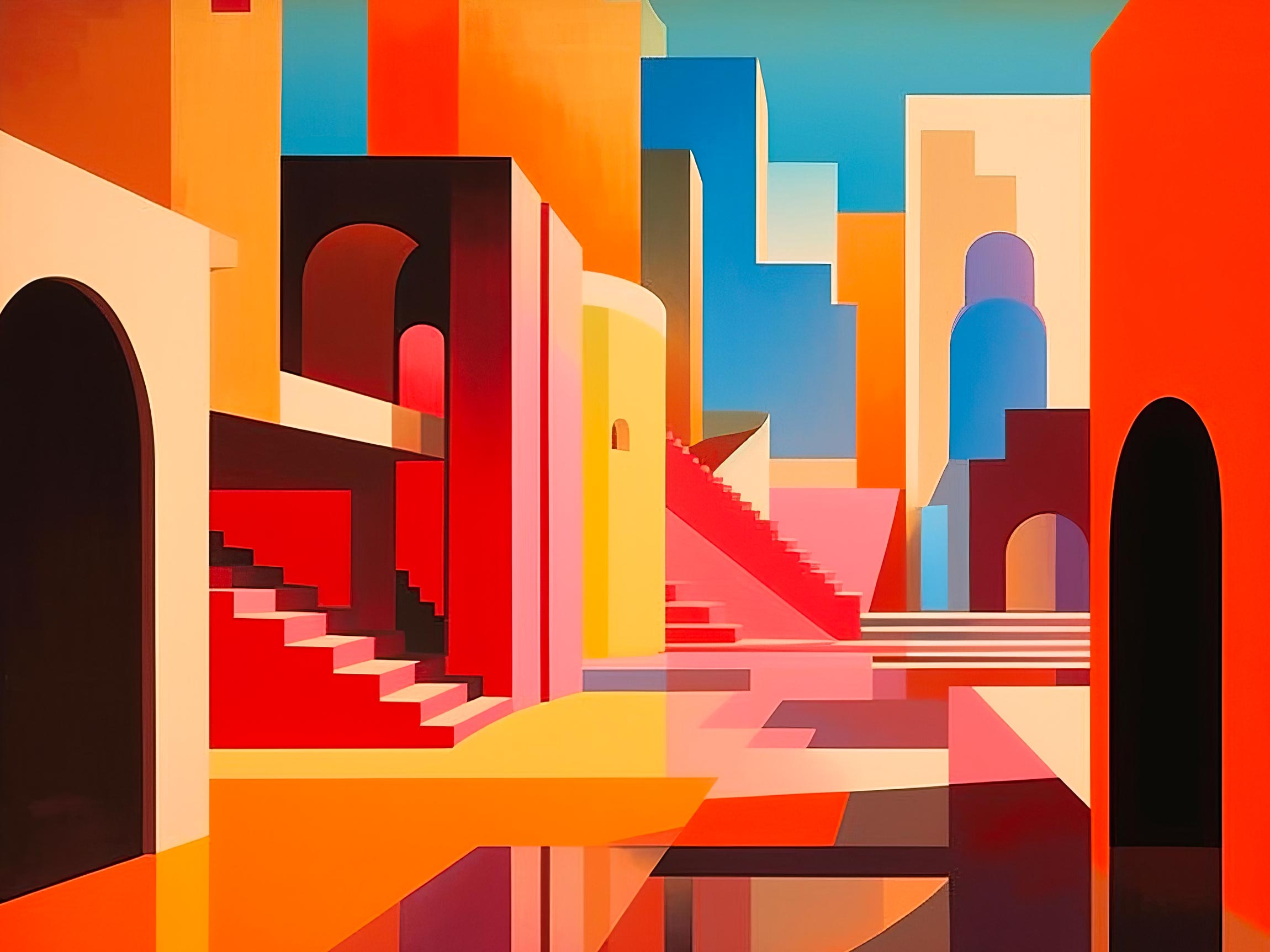At its essence, design hierarchy is the strategic arrangement of elements in a composition to establish a visual order. Much like the elements of a story, each design element has a role to play. From the bold title that introduces the narrative to the subtle subtext that adds depth, each component contributes to a harmonious whole. However, just as a story is best told when its elements are organized, design comes alive when its hierarchy is skillfully orchestrated.
Guiding the Viewer’s Gaze
Imagine a bustling cityscape, where towering skyscrapers draw the eye upward while the street-level activity buzzes below. This seamless transition from macro to micro creates a natural hierarchy of focus. Similarly, design hierarchy directs the viewer’s gaze, ensuring that they engage with the content in a purposeful sequence.
Key to this hierarchy is the concept of visual weight – an element’s prominence in relation to others. A bold headline, for instance, carries more visual weight than a caption. By judiciously manipulating this weight, designers can steer the viewer’s attention to the elements that matter most, creating a narrative flow that resonates.
Establishing Visual Priorities
Design hierarchy is, at its core, about setting visual priorities. Just as a chef meticulously arranges ingredients on a plate to create an appetizing dish, a designer crafts a composition where elements are thoughtfully arranged to emphasize significance. By granting certain elements dominance – be it through size, color, or positioning – designers ensure that viewers engage with the content in a meaningful and deliberate manner.
Consider a magazine layout that seamlessly guides the reader from the captivating cover image to the table of contents and, subsequently, the feature article. This visual roadmap, achieved through strategic hierarchy, transforms a collection of pages into a cohesive narrative, enticing the reader to embark on a journey.
Engagement and Organization
The marriage of design hierarchy and visual harmony yields two interlinked benefits: enhanced engagement and organized aesthetics. By presenting content in a structured sequence, viewers are more likely to immerse themselves in the narrative, as the hierarchy steers their focus toward the narrative’s core.
Additionally, hierarchy fosters a sense of organization that resonates with the viewer’s innate desire for clarity. Imagine entering a well-curated museum exhibit, where artifacts are meticulously arranged to tell a story. Each exhibit commands attention while contributing to the overarching narrative. Similarly, design hierarchy ensures that each design element plays its part, resulting in an intuitive and visually pleasing experience.
Real-World Examples
Design hierarchy’s influence can be witnessed in everyday scenarios. Take a newspaper front page, for instance. The juxtaposition of headlines, images, and captions is a masterclass in guiding readers’ attention. The lead story’s bold headline commands immediate focus, while subheadings and accompanying images establish context. In this orchestrated dance of design hierarchy, viewers absorb information seamlessly.
In the digital realm, user interfaces (UI) are a playground for design hierarchy. Social media platforms, for instance, employ a hierarchy that leads users from profile names to the content they share. The user’s attention is guided through the interface, ensuring a coherent and enjoyable browsing experience.
In an era saturated with visual input, design hierarchy functions as a guiding framework, directing the viewer through the visual content with a clear sense of purpose and intention.


